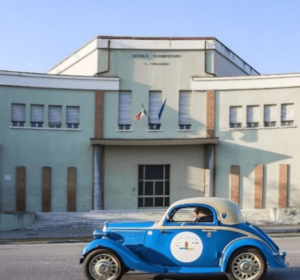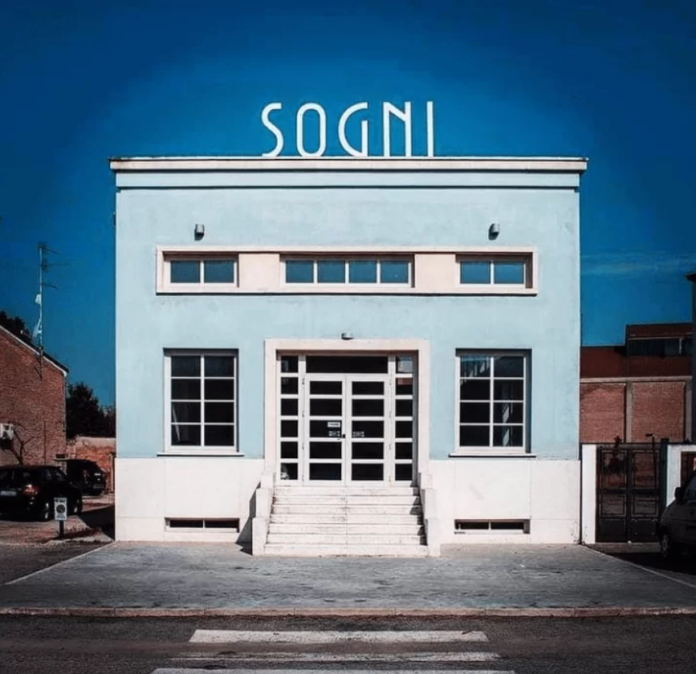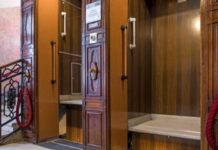In the 1930s, it was supposed to build a real “ideal city”. The choice fell on Tresigallo, between the Apennines and the Adriatic. The utopian city was located halfway between Ferrara and the valleys of Comacchio and was built from a dream of Edmondo Rossoni. Rossoni was the Italian Minister of Agriculture and citizen of Tresigallo too; so when the town risked to be abandoned, he decided to turn it into an ideal city.
The “METAPHYSICAL CITY” designed to amaze the world
# A mix of geometry and dream

Tresigallo
Tresigallo gained importance in the early 1930s, when a road was built to shorten the distances from Ferrara. From that its transformation begins. Palaces, towers, marble arcades, streets and squares started to fill the city that becomes a witness of Italian rationalism. A so perfect geometry that walking through the streets of Tresigallo becomes a happy and unique experience, almost a dream. The city is a rampant example of the application of the German theories of the “new city”, those developed between the two World Wars, and is considered unique among the newly foundation cities. Tresigallo is also the only “foundation city” to be recognized as a city of art.
Anyway, in the first half of the twentieth century Tresigallo became an example of modernity and rationalism even though it has medieval origins and was one of the oldest centers of the area.
# Urban, industrial and architectural redevelopment

Tresigallo
Over the years Tresigallo acquired several denominations, but it is certainly known as a “metaphysical city” or less commonly “marble city”. It has been said to be born from a dream of Edmondo Rossoni, but it certainly did not start from a simple “madness” of a single person. With an urban, industrial and architectural reorganization, a relationship between inhabitants and territory wanted to be created, but a work development was also projected. Creating new resources, opportunities, greater wealth and well-being was the real goal of the project. So that’s how the perfectly linear, geometric city was born.
The square of the Revolution in the shape of “D”, the loggia of the Church, the hospital, the entrance of the marble sports field, the many public facilities and the linear and orderly architecture are proof of how a city in the twentieth century should have been, what would be our ideal city, that one of the 21st century?
BEATRICE BARAZZETTI











